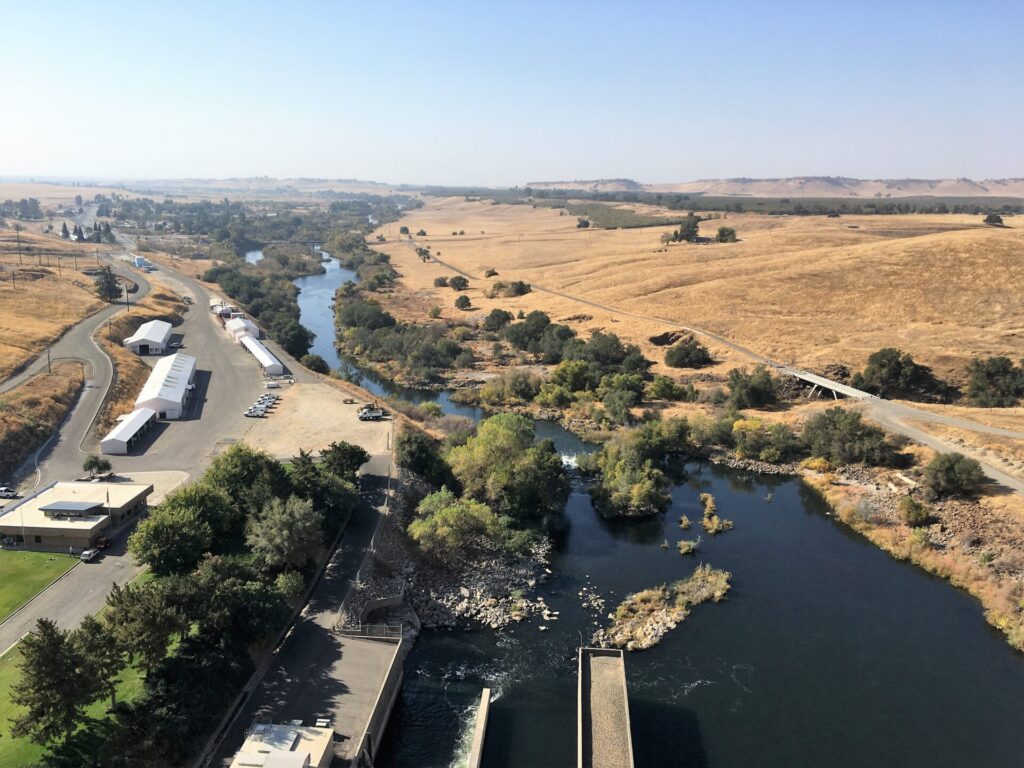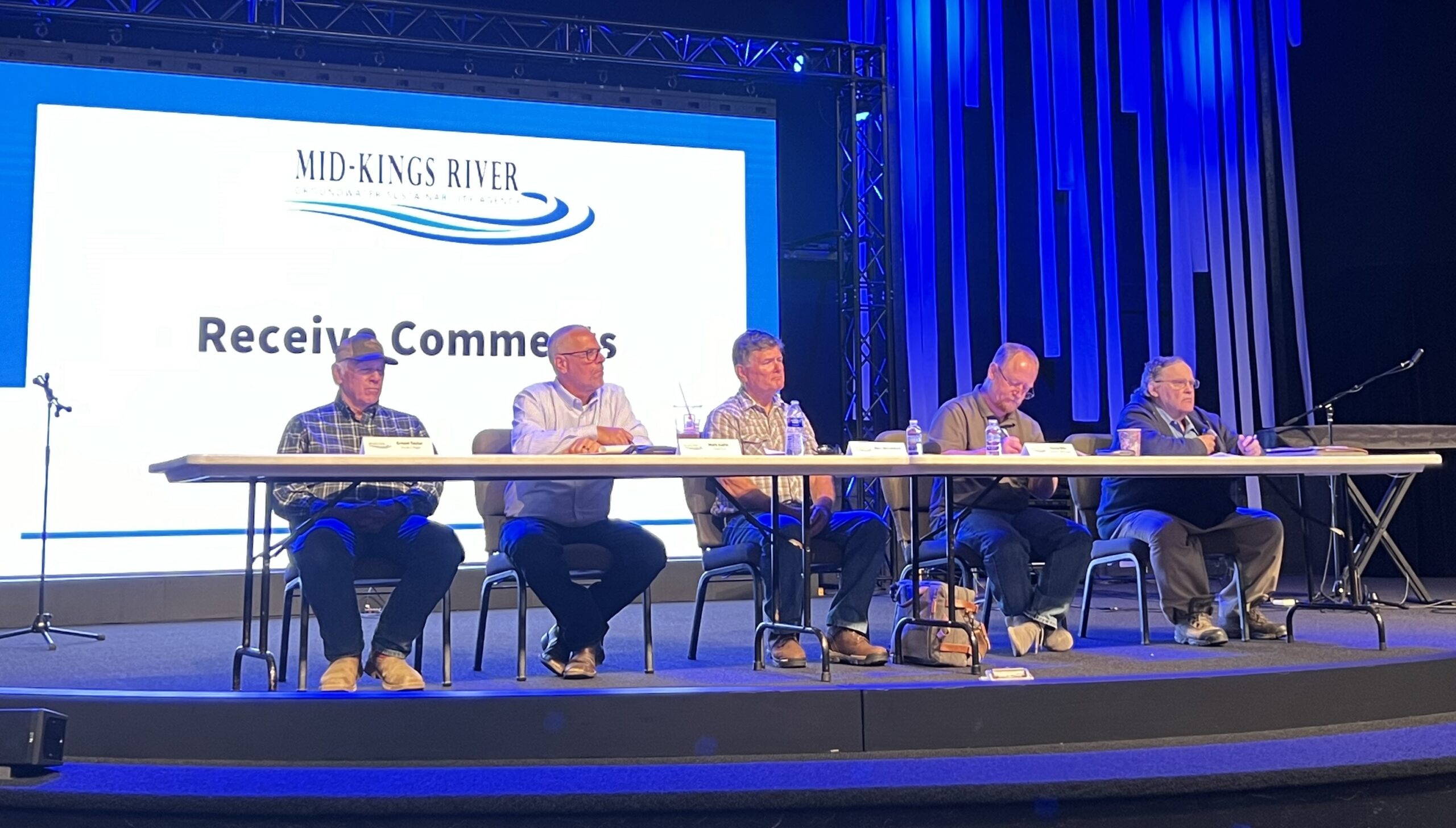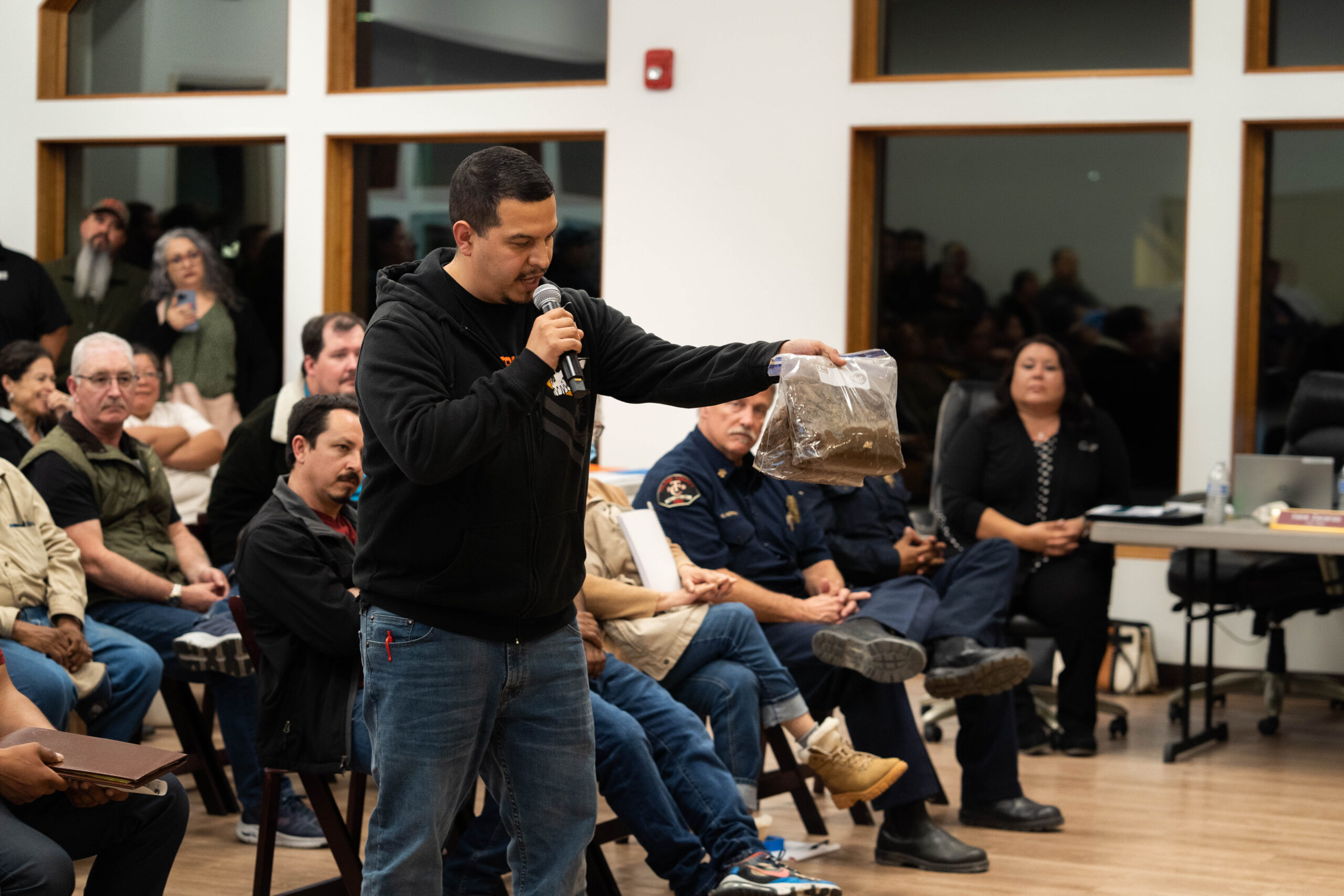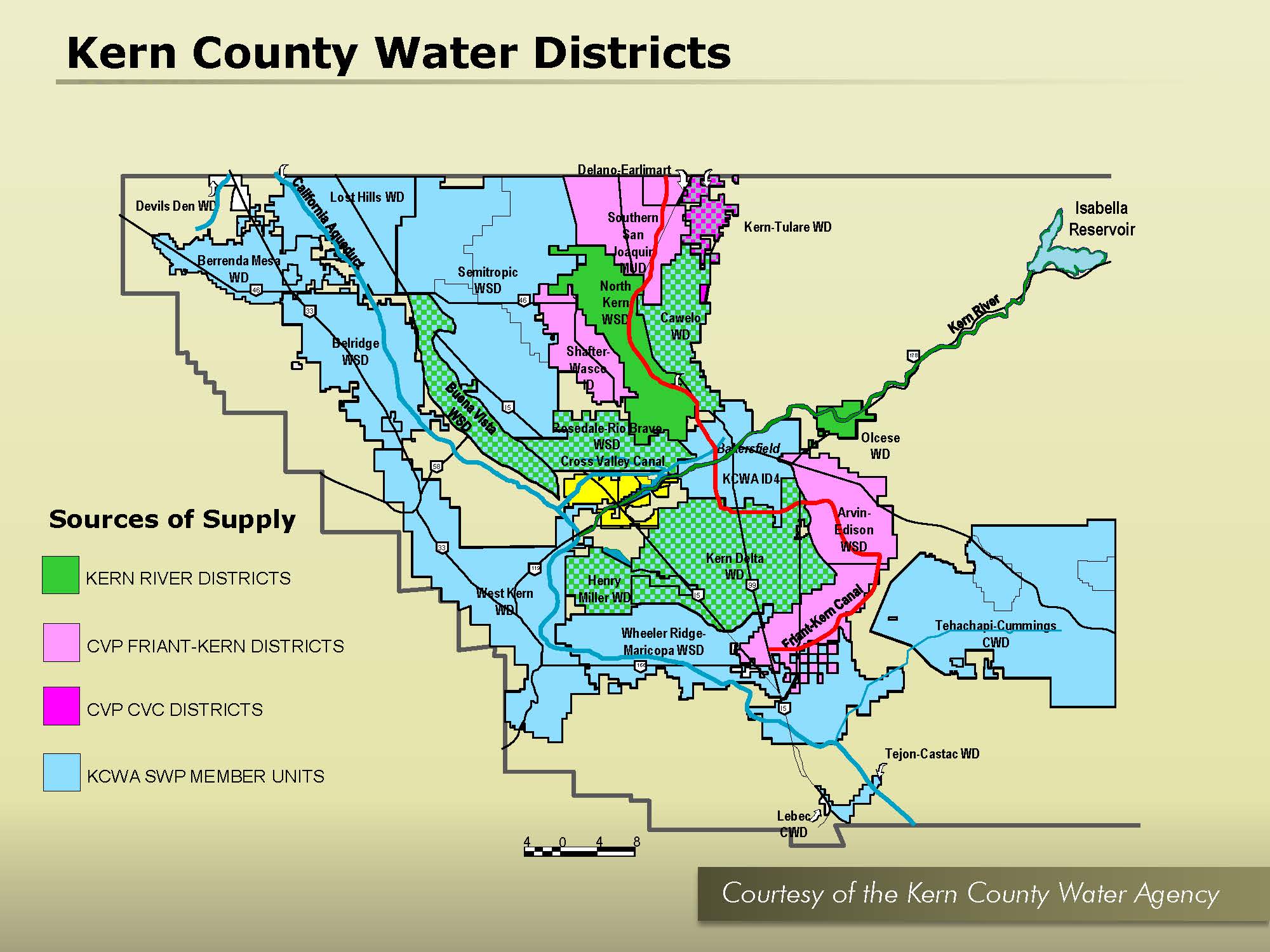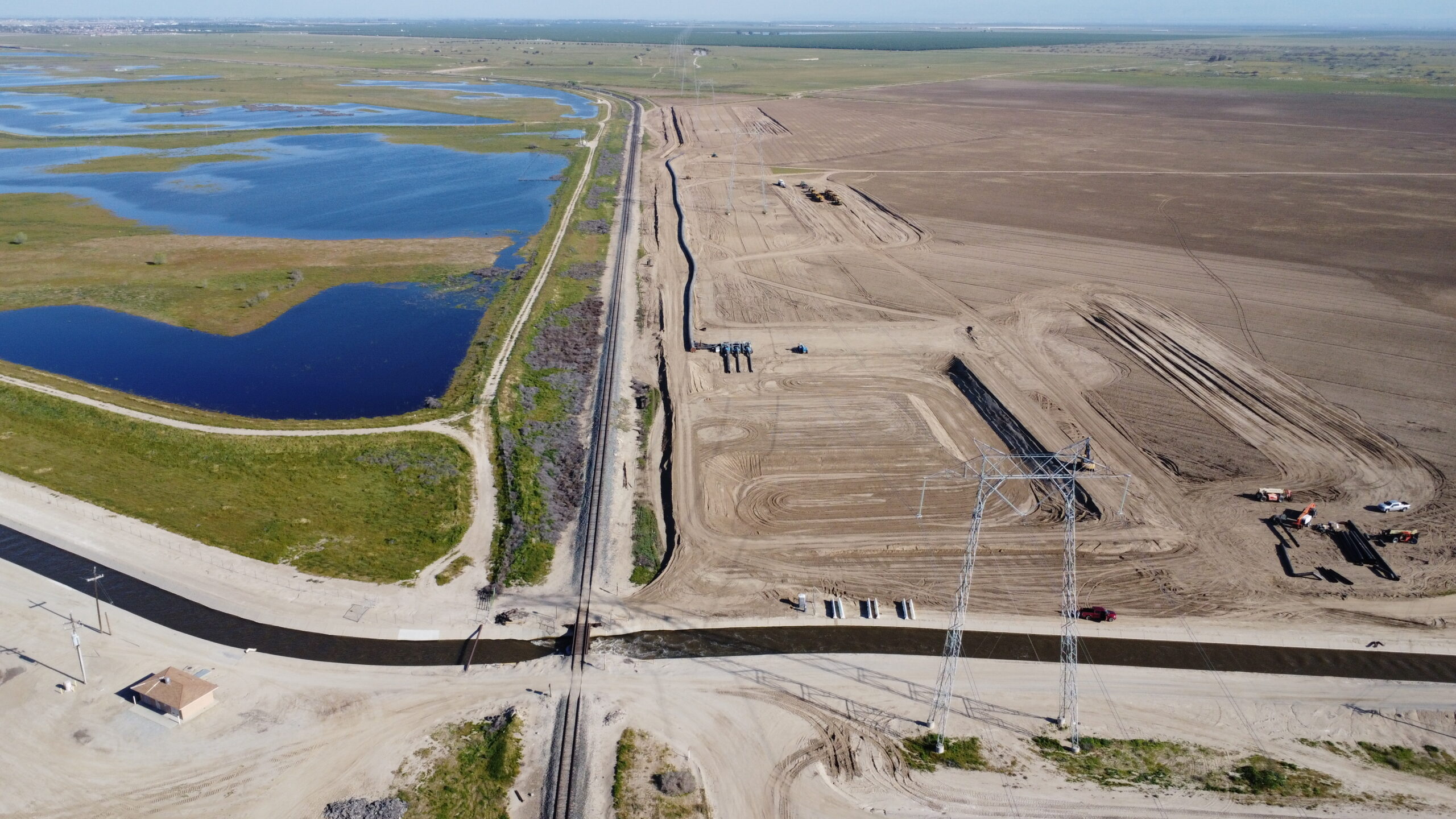In California’s byzantine water world, some water districts are, apparently, more equal than others, to paraphrase George Orwell.
That appears to be the case in the federally operated Central Valley Project, particularly when it comes to two main sets of water districts: the San Joaquin River Exchange Contractors and the Friant Contractors.
On Feb. 27, the Bureau of Reclamation, which determines annual water allocations for those contractors, announced it would deliver only 15% of Friant members’ contracted amounts even though the snowpack in that watershed appears to be able to support at least 40% of Friant contracts, according to Friant managers.
That’s not fair, Friant contractors complained.
Maybe not, but the Bureau has a hard obligation to deliver up to 650,000 acre feet to the San Joaquin River Exchange Contractors out of the Sacramento-San Joaquin Delta. Because of dry statewide conditions and other forces potentially impeding water exports from the delta, the Bureau wants to hold on to some of that Friant snowpack in case it’s needed for the Exchange Contractors.
“The decisions being made in real time are not good for Friant,” said Fergus Morrissey, general manager of Orange Cove Irrigation District, a Friant contractor. “It’s not going to be pretty if we don’t get a lot more precipitation.”
The San Joaquin River coming out of Millerton Lake has more than three times the amount of water this year compared to this same time last year according to the California Nevada River Forecast Center. But Friant contractors received a 20% allocation last year, 5% more than this year’s.
“It appears that more water is available in the watershed,” said Eric R. Quinley, general manager of Delano-Earlimart Irrigation District. “Reclamation may be holding water in anticipation of the need for additional supplies for the exchange contractors.”
The reason goes back to the beginning of the Central Valley Project. When the federal government built the CVP in the 1930s, it took San Joaquin River water from existing water users and moved it to Friant contractors in the southern part of the valley. In “exchange,” the federal government promised the original river users it would deliver water from the Sacramento-San Joaquin Delta. That promise carries on today and the Exchange Contractors have a strong entitlement to water based on their government contract.
The Exchange Contractors receive up to 840,000 acre feet in normal years and up to 650,000 acre feet in dry years, according to their contract.
“Given the uncertainties with our ability to move water through the delta this year, in order to meet our exchange contract requirements we may need to support that contractual obligation to the exchange contractors with deliveries from the Friant system,” said Michael Jackson, area manager for the Bureau of Reclamation’s south central California area office.
Even though there is more water in the watershed now, the Bureau still had more certainty last year that it could deliver water to the exchange contractors, hence the higher 2021 allocation for Friant, said Jackson.
The Friant Water Authority issued a statement on February 23 in response to the Bureau’s allocation decisions. The statement estimates that about 240,000 acre feet of additional water exists in the upper San Joaquin Watershed that could still be allocated. That’s only if the Bureau wasn’t holding water for the exchange contractors.
That additional water would bump Friant’s allocation up to at least 40%.
The Bureau has given water from Millerton to the exchange contractors before. And that decision resulted in a whirlwind of agencies mobilizing against the federal government.
In 2014, the Bureau took water from Millerton for the exchange contractors. The City of Fresno and 17 water agencies sued the Bureau for $350 million for the estimated value of the water and water rights. That lawsuit is still ongoing.
Share this:
- Click to share on Facebook (Opens in new window)
- Click to share on Twitter (Opens in new window)
- Click to share on LinkedIn (Opens in new window)
- Click to share on Reddit (Opens in new window)
- Click to share on Tumblr (Opens in new window)
- Click to share on Pinterest (Opens in new window)
- Click to share on Pocket (Opens in new window)
- Click to share on Telegram (Opens in new window)
- Click to share on WhatsApp (Opens in new window)
- Click to print (Opens in new window)

